Cockroach Facts Beyond Belief – Setting the Stage
 While the cockroach already has an uncanny “super bug” reputation, the real truth will blow your mind. Most people know that the cockroach has been around for a long time, and will probably be the last species on the planet, even after a global nuclear war. Most people know that cockroaches are hard to eradicate, and suspect that they are possibly winning the battle against humans in terms of both numbers and population growth. Certain species seem to have an almost mythical reputation. The coyote, the rat and the cockroach are good examples.
While the cockroach already has an uncanny “super bug” reputation, the real truth will blow your mind. Most people know that the cockroach has been around for a long time, and will probably be the last species on the planet, even after a global nuclear war. Most people know that cockroaches are hard to eradicate, and suspect that they are possibly winning the battle against humans in terms of both numbers and population growth. Certain species seem to have an almost mythical reputation. The coyote, the rat and the cockroach are good examples.
Nevertheless, some of the following cockroach facts will still surprise and shock you.
Cockroach Facts Beyond Belief – They’re A Diverse Species
 When we think about cockroaches, we often think only of 3 species.
When we think about cockroaches, we often think only of 3 species.
But did you know there are over 4,000 species of cockroach on the planet? And they exist on every continent except Antarctica.
Cockroach Facts Beyond Belief – They’re Persistent As A Species
Cockroaches are older than the dinosaurs, and have been around for 359 million years. Many species have come and gone the way of the dinosaur since then…but not the cockroach.
Cockroach Facts Beyond Belief – They’re Survivors
 No food, water, air? Not a huge immediate problem for a cockroach.
No food, water, air? Not a huge immediate problem for a cockroach.
A cockroach can go without eating for a month. They can survive without water for a week and when water is scarce they retain it longer by holding their breath. In fact, cockroaches can hold their breath for 40 minutes at a time, which means they can also survive under water for that long. So, the drain and the toilet are not necessarily barriers to cockroaches seeking entrance into your home from the sewers.
No head? Not a problem!
Cockroaches breathe through holes, or spiracles, in their body segments, so do not need to use their mouths to breathe. However they do need their mouths to drink water. For this reason, a cockroach can survive for a week without its head! It only eventually dies due to lack of water.
Nuclear disaster? Not a problem!
Since their cell cycles are slower (they molt only once a week), cockroaches can tolerate high levels of radiation and have been found at nuclear disaster sites (Hiroshima, Nagasaki, Chernobyl) living as if nothing happened.
Sub-freezing temperatures? Not a problem!
At least it’s not a problem for the Japanese cockroach, who hibernates under the winter snow down to 8 degrees below zero, then emerges in the spring ready to continue on with life, even if he has spent the entire winter frozen!
Cockroach Facts Beyond Belief – They Eat Just About Anything
 If it’s organic, cockroaches can eat it. This includes dead insects, paper, cloth, soap, wood, glue, and hair. Speaking of hair, they have been known to eat people’s eyebrows and fingernails at night! They also love beer.
If it’s organic, cockroaches can eat it. This includes dead insects, paper, cloth, soap, wood, glue, and hair. Speaking of hair, they have been known to eat people’s eyebrows and fingernails at night! They also love beer.
Cockroach Facts Beyond Belief – They Have Reproductive Stamina
Since the female cockroach can store sperm, she needs to mate only once, and then can reproduce for the rest of her life without a male. These females just don’t have much of a need for men!
And, their babies grow fast! German cockroach eggs hatch and grow to adulthood in as little as 30 days! They’re ready to breed in 120 days.
Cockroach Facts Beyond Belief – They’re Dangerous
Cockroaches, which you’ll remember can hold their breath as they move through the sewer and drain pipes, carry bacteria and viruses on their bodies that cause such diseases as tuberculosis, cholera, leprosy, dysentery, and typhoid. Some studies have found up to 45% of children are allergic to cockroaches and suffer asthma as a result of cockroach exposure.
Cockroach Facts Beyond Belief – They Fit Into Small Places
Cockroaches like to wedge themselves into tight places, and curiously, have been reported by some doctors, to be the most common foreign objects removed from children’s ears, up to 50% of the foreign object removals.
Cockroach Facts Beyond Belief – They’re Fast
What’s the fastest land moving creature? Most people would say it’s the cheetah at 60-70 mph. That’s fast…freeway fast. But the cockroach, once size is taken into account is 3 TIMES AS FAST AS A CHEETAH! A cockroach can move 50 times its body length in just one second. That’s the equivalent of a 1 second 100 yard dash, or 200mph. We’re lucky they’re not the size of a cheetah! We’d all be doomed!
A baby cockroach, the size of a grain of sand can run almost as fast. And, they run vertically up walls just as fast! One species, discovered in South Africa in 2009, can even jump like a grasshopper.
Cockroach Facts Beyond Belief – They Do Get Bigger!
As we just said, we’re lucky the cockroach is not the size of a cheetah. However, there is a large version in South America that is six inches long with a wingspan of one foot!
Cockroach Facts Beyond Belief – They’re Sensitive
We have not yet discovered the limits of what a cockroach can sense, but it goes way beyond human and animal ability. Cockroaches can sense changes in barometric pressure and know when it’s about to rain. In Bermuda, thousands of cockroaches have been seen running across roads shortly before a downpour.
Cockroach Facts Beyond Belief – They’re Many
 The sensitivity of the cockroach also includes the ability to signal others as to the presence of a food source, so cockroach infestations can grow to huge proportions. One record is over a million cockroaches discovered in a New York home in 1979. There were 24 dogs, 20 cats, 2 mice and a parrot in the same home, so the presence of pet food most likely contributed. The story demonstrates the cockroaches ability to grow their population to match the local available food source.
The sensitivity of the cockroach also includes the ability to signal others as to the presence of a food source, so cockroach infestations can grow to huge proportions. One record is over a million cockroaches discovered in a New York home in 1979. There were 24 dogs, 20 cats, 2 mice and a parrot in the same home, so the presence of pet food most likely contributed. The story demonstrates the cockroaches ability to grow their population to match the local available food source.
On the Good Side?
Cockroach Facts Beyond Belief – Some Make Great Pets
The Madagascar hissing cockroach makes a great pet. It’s odorless, and, like all cockroaches is hard to kill and lives a long time. Tired of little Johnny’s heart being broken every time his favorite pet fish dies? Get him a cockroach!
Cockroach Facts Beyond Belief – Some Make Great Snacks
As long as cockroaches are fed a diet of food and vegetables, and raised in sanitary food quality conditions, they are edible. In China, cockroaches are deep fried and sold on sticks on the streets.
Cockroach Facts Beyond Belief – They’re Used by the Cosmetic Industry
Cockroaches are farmed and sold to some cosmetic companies to be ground into powder and used in cosmetic products. Can that cockroach durability last longer and make people look younger? You may already have found out, and not known it!
Cockroach Facts Beyond Belief – How to wrap this article up?
We guess that when you’re through being thrilled and amazed with these interesting cockroach facts, and see a cockroach running across the kitchen floor, you’ll forget all the cockroach trivia and have just one thought: “How do I get rid of this cockroach that I see, and the many that I don’t see?”
Call ApolloX Pest Control
(888) 499-7378
We believe that even through cockroaches are pretty amazing creatures, they don’t belong in the house, and we know how to safely and quickly remove them from your home!






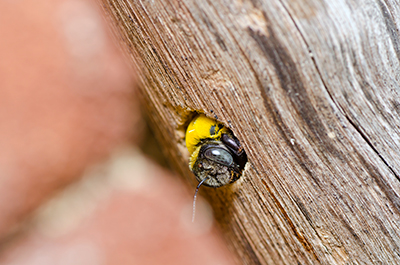

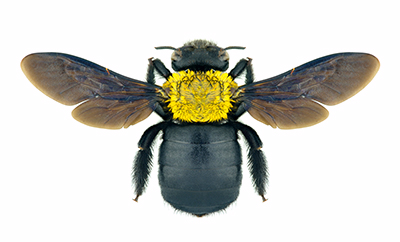
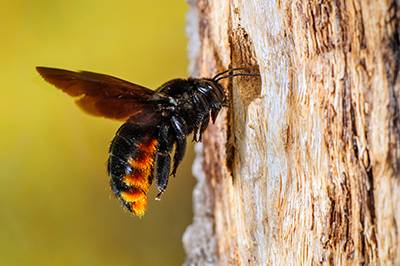

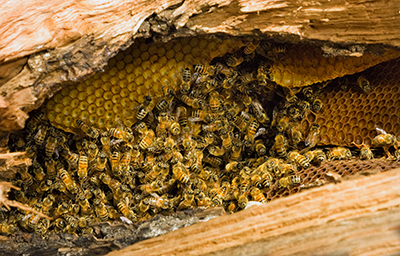

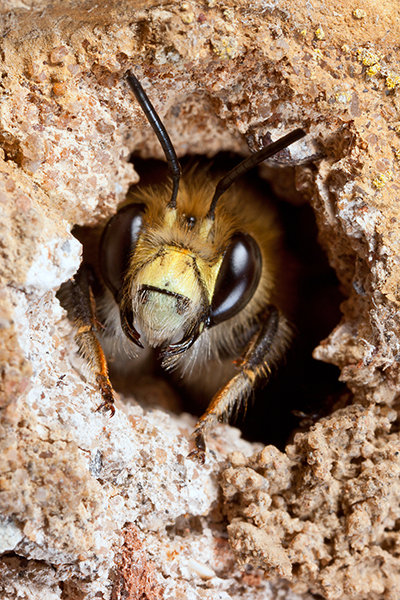

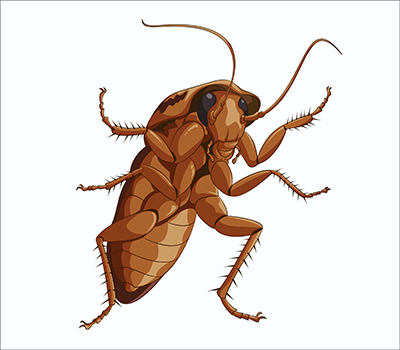
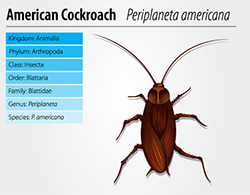
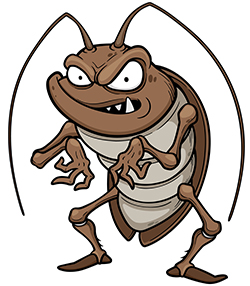
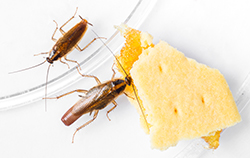
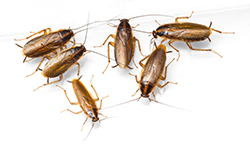
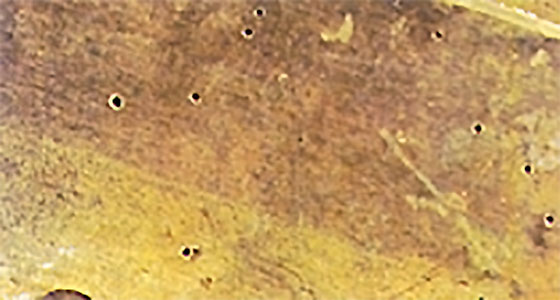

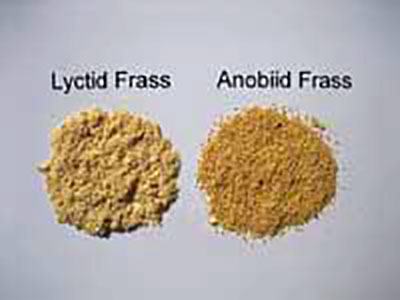
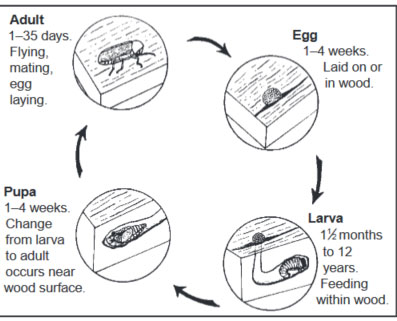
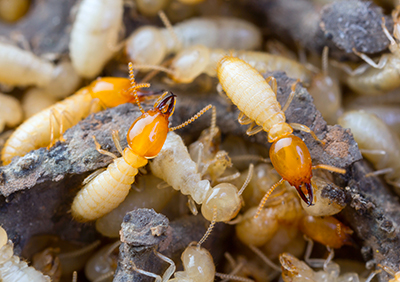
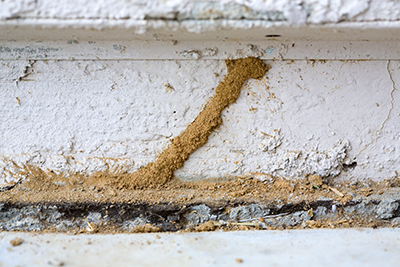



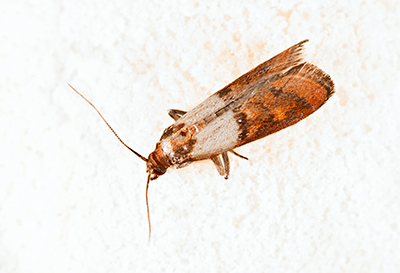



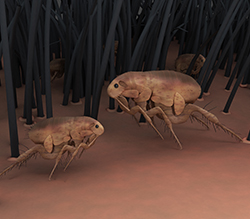








Recent Comments